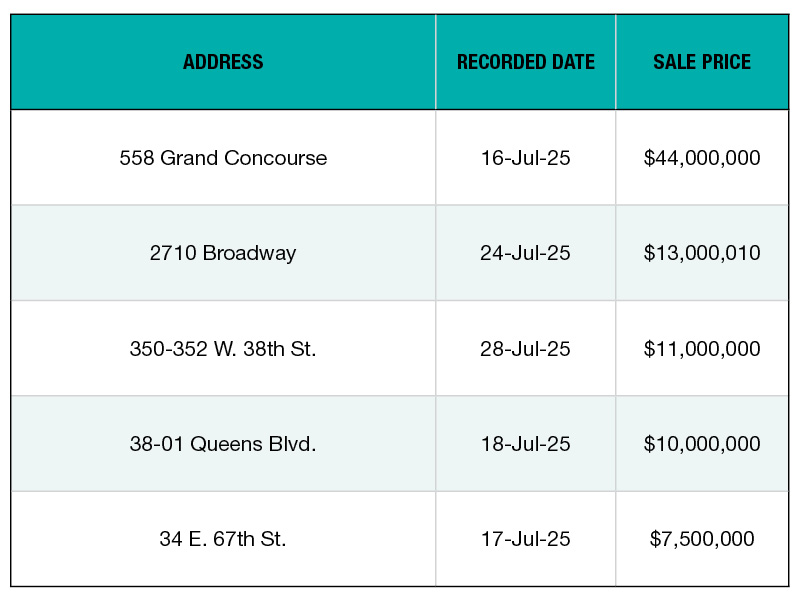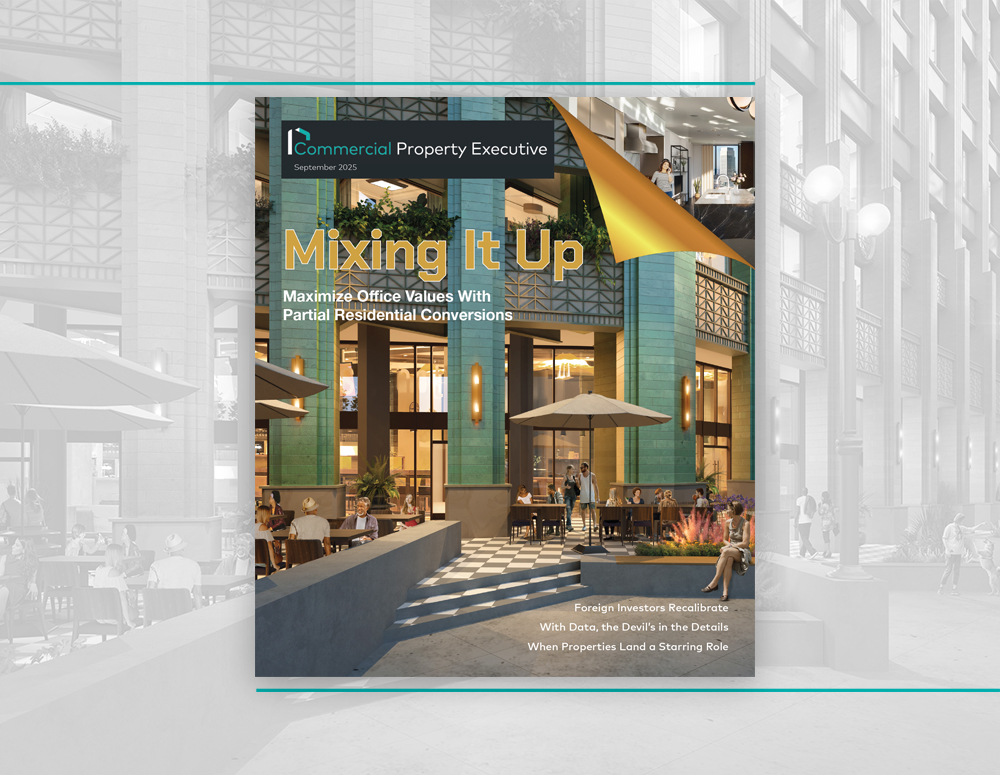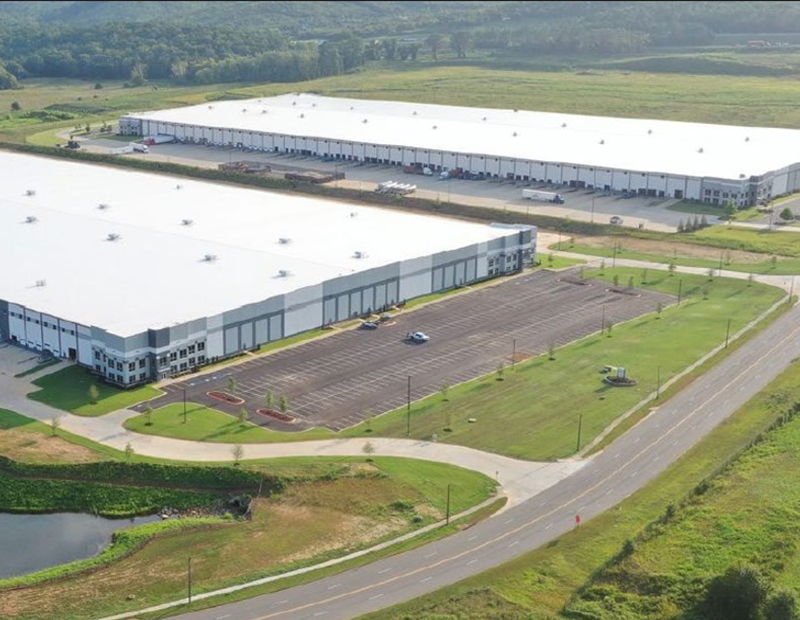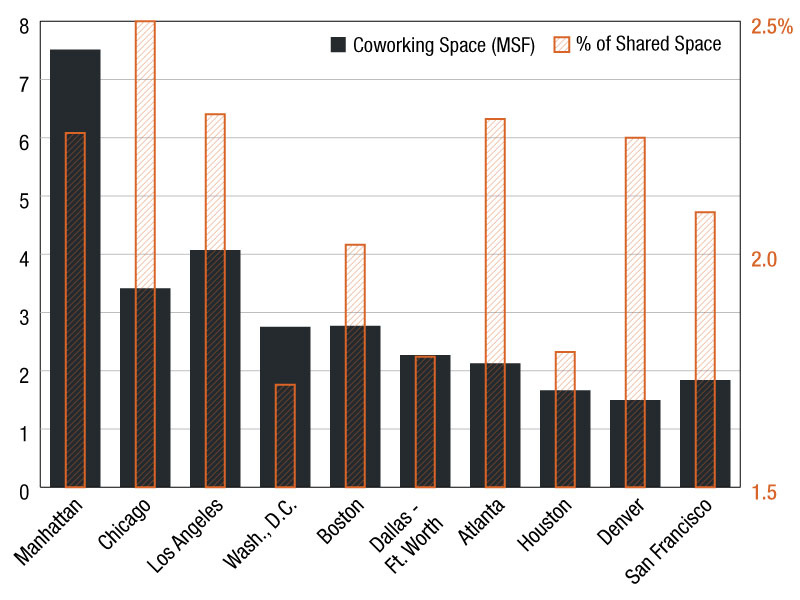Demystifying Development Agreements
Robert C. Volpe of Holtzman Vogel on best practices and pitfalls.
Volatility in today’s commercial real estate market, characterized by rising interest rates, hesitant office tenants, and a dynamic retail landscape, poses significant challenges to developers. One potentially crucial tool to find certainty amidst the chaos: the development agreement. Used correctly, development agreements can mitigate against political whims and regulatory changes and offer a pathway for smooth project execution and long-term viability.
A development agreement is a contract between a property owner or real estate developer and local government related to the development of property. Development agreements are used to establish the rules, regulations, and conditions for a development project in exchange for public benefits. Savvy developers knows when, how, and why to enter into a development agreement. And sophisticated local governments know that a development agreement can benefit the government interests as well. Striking the right balance between public and private benefits is key.
For developers. a mutually beneficial development agreement:
- Secures vested rights, entitlements, and “freezes” existing regulations
- Adds certainty to the development process
- Establishes the standards and conditions for development
- Plans for and establishes available public infrastructure
- Offers flexibility from traditional zoning and land use regulations
- Provides for expedited permitting and development approvals
For the local government. a development agreement:
- Provides incentives for quality development
- Enhances capital improvement planning and financing
- Offers alternative public infrastructure options
- Places conditions on development
- Includes additional public amenities and incentives
The development agreement concept comes from a desire to add certainty and predictability to the often-uncertain world of real estate development. By vesting development rights, and protecting development from subsequent zoning and regulatory changes, development agreements encourage high-quality, long-term development projects. In exchange, local governments can obtain public benefits beyond their typical zoning authority.
This article is a practical guide to some of the best practices and potential pitfalls that developers and property owners should consider when entering into development agreements.
Follow the enabling statute
Many states have adopted enabling statutes that allow, and even encourage, the use of development agreements. While these enabling statutes have similarities, each state imposes specific conditions, procedures, and requirements. It is crucial that a development agreement follows the requirements of the enabling statute. For instance, in Florida development agreements must include (among other things) a legal description; duration (not to exceed 30 years); uses, densities, intensities, and building height permitted on the land; and a description of public facilities that will service the development. A well-drafted development agreement will “check the box” of each requirement in the statute.
Practice tip: If the enabling statute requires a statement or description, be direct. Include the statement—don’t allude or infer. For example, if the statute requires a finding that the development agreement is consistent with the local government’s comprehensive plan, the agreement should include an express statement that the local government finds the agreement (and the vested rights or entitlements approved therein) to be consistent with the local government comprehensive plan.
Enabling statutes often include procedural requirements for development agreements as well. Developers and local governments should be mindful of such procedural requirements, follow and document the process.
Plan ahead
At the most basic level, development agreements are negotiated contracts. In any negotiation, it’s best to plan ahead. Identify the benefits, terms, conditions, improvements, and other offers that the developer is willing to make before entering negotiations. Find the motivations and high-priority interests of the local government. Knowing these things at the outset allows the developer to maximize the benefit of a development agreement and provide a winning position to both the developer and the local government.
Practice tip: Be creative and flexible in conditions and public benefits offered. In traditional zoning, conditions on development must be directly connected to and proportionate to the impact of development. However, benefits offered in a development agreement do not necessarily have to be connected to the project. Think outside your project.
Play defense
A development agreement should protect the development from subsequent zoning changes, transportation or traffic controls, availability (or lack of) public facilities, or other development controls. When these issues conflict with the terms of the agreement, the agreement should prevail. To ensure that it does, the agreement should address these issues directly:
- Provide that any subsequent development controls are deemed to be in conflict with the agreement and do not apply to the development.
- State that the local government agrees not to impose or apply subsequently-adopted regulations to the development.
- Find that the public benefits are contingent upon maintaining the existing regulations, development controls, and provisions in the agreement.
Avoid Assumptions
Often negotiations involve a handful of individuals. Avoid the tendency to rely on the collective understanding of the agreement. Any “understanding” of the terms should be spelled out in the agreement. More likely than not, the individuals that negotiated or drafted the agreement will not be the ones interpreting the agreement years in the future. If the agreement is not clear on specific terms, assume those terms will not be interpreted in your favor.
Maintain flexibility
Make terms flexible and compliance simple, reasonable, feasible (financially and physically) and with sufficient time to fully comply with the terms. Allow for extensions. Development, especially large-scale, multi-phased, or complex projects, often take longer than expected. Unforeseen circumstances can cause delays. Flexible terms and lengthy leeway can protect a developer in the case of unexpected changes.
Practice tip: Build in structured flexibility. This is not an oxymoron. Agreement terms can lay out exactly when and how to adjust or amend terms. For example, include a development matrix that allows the developer to modify densities, intensities, and uses of the development plan without going back through the approval process.
In for the long haul
Arguably the most substantial benefit to a development agreement is that during the term of the agreement, zoning and development regulations are “frozen” in place at the time of the agreement. Subsequent zoning or development regulations that are inconsistent with the agreement will not apply. The more complex, long-term, or extensive a development project, the more valuable this protection. Developers should weigh the value of this certainty over the duration of their project against the cost of any conditions, public benefits, or promises required.
There are many more considerations when entering a development agreement. Properly structured, a good agreement can lead to development success.
Robert C. Volpe, partner with Holtzman Vogel, represents property owners and developers on land use and real estate development issues.








You must be logged in to post a comment.